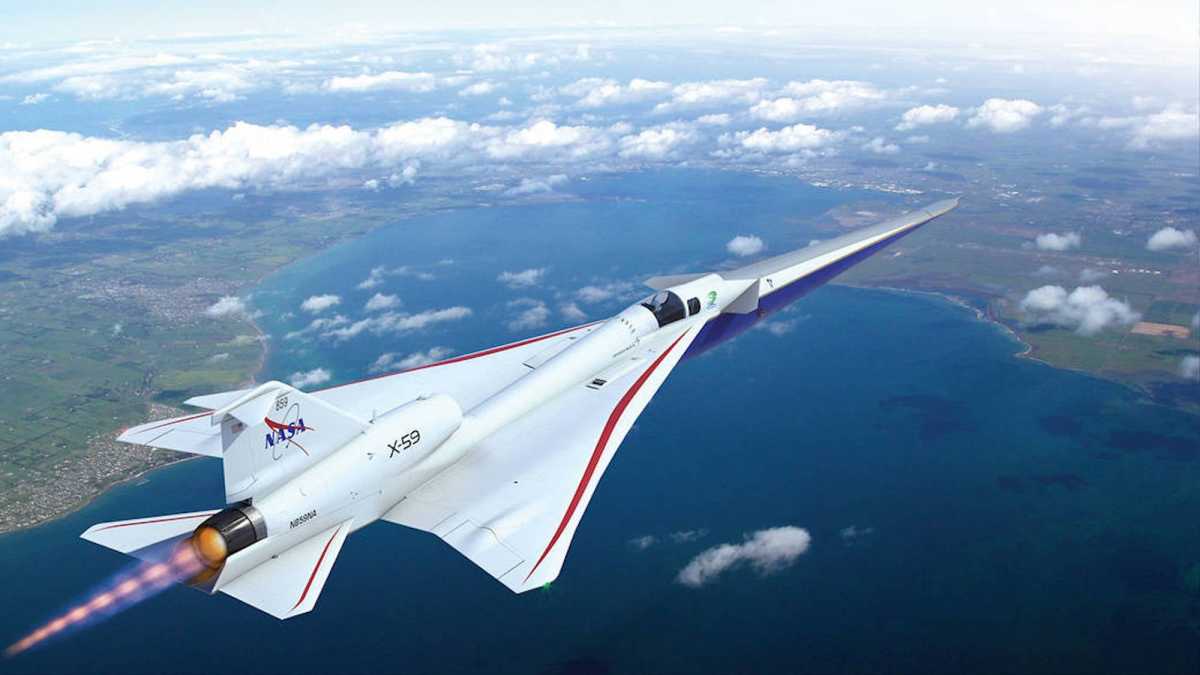Tech
NASA Achievements in Supersonic Flight Technology

Supersonic flight reached new heights with NASA‘s pioneering work in advancing supersonic technology, following the groundbreaking flight of the Bell X-1 rocket plane back in October 1947. The Lewis Research Center, now known as NASA Glenn, played a pivotal role in propelling NASA’s aeropropulsion efforts forward, enabling longer supersonic flights.
After the success of the Bell X-1, a wave of military aircraft, including the iconic Blackbirds – the A-12, YF-12 interceptor, and the SR-71 reconnaissance aircraft, showcased supersonic cruising capabilities in the 1960s. However, expanding such capabilities to larger aircraft posed challenges, particularly in obtaining crucial propulsion system data during extended supersonic flights.
In a groundbreaking collaborative effort between NASA and the Air Force, the YF-12 was loaned to the Dryden Flight Research Center, now NASA Armstrong, in 1969. The goal was to gather data during YF-12 flights that could be compared to wind tunnel data collected at NASA’s Ames, Langley, and Lewis Research Centers.
The Lewis Research Center, a leader in supersonic inlet studies since the 1950s, undertook a comprehensive evaluation of supersonic nozzles and inlets, along with testing a Pratt & Whitney J58 engine in the Propulsion Systems Laboratory. The focus was on analyzing a full-scale YF-12 inlet and engine under various aerodynamic conditions and flow disturbances.
Over the course of the project, researchers at Lewis rigorously tested the YF-12 inlet in the 10×10 Supersonic Wind Tunnel and pioneered a new inlet control system designed to prevent engine unstarts, a critical challenge faced by supersonic aircraft. The system, developed by engineers Bobby Sanders and Glenn Mitchell, marked a significant advancement in safeguarding against unstarts during flight.
The Pratt & Whitney J58 engine, a powerhouse in supersonic flight, underwent extensive testing at Lewis’ Propulsion Systems Laboratory, becoming the first hardware tested at the facility. Data collection included emissions measurements, contributing to a broader effort to understand high-altitude emissions levels for potential supersonic transport aircraft.
Although the YF-12 program concluded in 1979, the year-long ground testing and nearly 300 research flights conducted had already yielded invaluable insights. Concepts such as high-temperature instrumentation, airframe pressure mapping, and thermal loads were developed, with key findings integrated into the design of the SR-71 aircraft. Notably, the inlet control system enhancements significantly reduced engine restarts, enhancing supersonic flight efficiency.
The legacy of the YF-12 program at Lewis Research Center lives on in the advancements made in supersonic inlet design, data accuracy from small-scale models to full-scale applications, and the development of digital control systems for efficient supersonic flight responses. These achievements have played a crucial role in shaping supersonic transport aircraft technology for the future.
For more in-depth insights into aerospace history and supersonic flight advancements, experts like Peter Merlin have delved into the intricate details of NASA’s pioneering initiatives in their published works.










